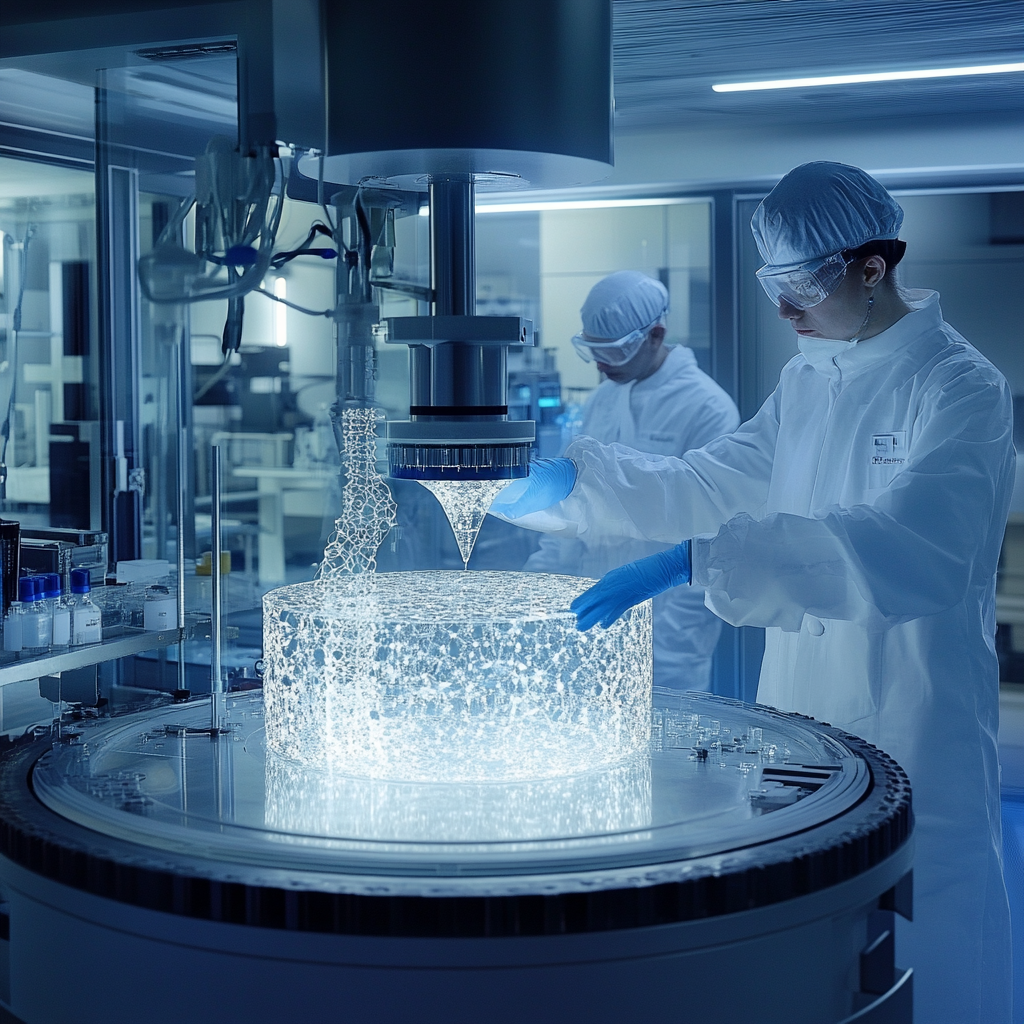
An alloy adjustment: Controlling metal microstructures results in better 3D printing
Let’s chat about something that has absolutely taken the industrial world by storm: 3D printing with metals. Yes, that’s right! Metal additive manufacturing is on the rise, and it's not just a fad; it’s changing the game entirely. As more industries like aerospace, automotive, and defense embrace this technology, a little something called microstructure becomes the star of the show. What do I mean by that? Well, sit tight because we’re about to dive into the fascinating world of alloy adjustments in 3D printing!
Picture this: 3D printing allows us to create complex parts that weren’t possible before, and we can do this with metals. However, there’s a catch – metal parts can sometimes end up with pesky defects. You might think, “Oh, what’s a few little imperfections?” But boy, those little imperfections—like pores and pesky microsegregation—can lead to catastrophic failures when it comes to mechanical properties. Think of it like trying to drive a sports car with a hole in the tire; not the best idea, right?
Now, this is where the research labs of some prestigious universities become the knights in shining armor—or perhaps more appropriately, the scientists in lab coats. They've been hard at work figuring out how to control these minuscule microstructures in metals to craft high-quality, defect-free parts. Let’s take a closer look!
First up, the University of Toronto. Their researchers recently made a breakthrough in controlling those metal microstructures while using laser powder bed fusion (PBF-LB). What’s that, you ask? It’s a fancy term for a technique that combines heat, powder, and a laser to create objects layer by layer. Talk about high-tech! They’ve devised a method that adjusts melt pool overlaps while keeping energy densities and scanning patterns consistent. It’s like a maestro fine-tuning an orchestra. By adjusting these overlaps, they can control grain sizes and morphologies without messing with other key printing parameters. They did a marvelous study focusing on 316L stainless steel, showing how this technique can apply to various alloys. If you’re an industry player, this is music to your ears!
Meanwhile, down at Texas A&M University, researchers are taking a deep dive into the alloy soup. They’ve discovered that tweaking the microstructure of alloys can lead to consistent properties at the microscale. They’ve paired machine learning with single-track 3D printing experiments, making predictions about alloy chemistry and process parameters like laser speed and power. It's like having a crystal ball, but for 3D printing. This team is basically taking the guesswork out of the equation, making it smoother to predict and minimize defects like microsegregation that can crop up due to metals cooling at different rates. They even cooked up a nifty equation to forecast segregation according to solidification range and material properties. Now, how’s that for science saving the day?
Not too far away, Cornell University is also flexing its electric brain muscles. These scientists have been manipulating alloy compositions to solve the microstructure puzzle. Just like that moment in a cooking show where the chef tastes their dish and adds a pinch of salt, they tweak ingredients to disrupt undesirable columnar structures in their alloys. The result? A more uniform, stronger microstructure that makes for durable printed parts. Their approach is refreshingly simple; it’s designed to be easily integrated by industries trying to produce reliable, defect-free components.
So, what’s the bottom line? Here’s what we’ve learned:
- Corral those melt pool overlaps! Adjusting them directly affects grain size and morphologies in printed metals. Less fluff, more control.
- Dive into your alloy chemistry. The right tweaks can minimize microsegregation and enhance uniformity.
- Harness the power of machine learning—a tool that’s changing the landscape—not just for researchers but for industries too.
- Simplicity is brilliance. The newer techniques being developed are straightforward and adaptable, saving time and costs compared to older, labor-intensive methods.
The implications of controlling microstructures in metals are enormous. Industries stand to profit by producing custom parts that are not just reliable but also boast enhanced mechanical properties. This is a game-changer for high-stakes fields that demand precision, such as aerospace and defense.
As we gaze into the crystal ball of 3D printing, the horizon looks bright. The future will no doubt bring forth more robust and reliable metal components, all thanks to the hard work tried-and-true scientists are investing into understanding and optimizing the art of metal printing—precision engineering at its finest.
And you know what? For those of you who are hungry for more juicy updates on metal 3D printing and the intricate dance of alloy optimization, you’re in luck.
Stay in the know. Keep your finger on the pulse of technology. For the latest news and developments, subscribe to our Telegram channel: @channel_neirotoken. Get ready, because the future is just getting started!

